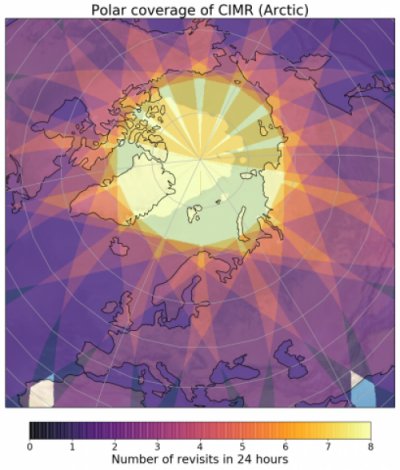An international research team led by ESA visited Svalbard last week in connection with the Copernicus Imaging Microwave Radiometry (CIMR) mission. This mission is developing sensors to measure Sea Ice Concentration, Sea Ice Extent and Sea Surface Temperature. These sensors will later be attached to a satellite to improve data on these parameters. Through the CIMRex campaign 2019 which just ended, the sensors have been tested out on ground to validate the measurements.
Most of the SIOS members and in particular remote sensing working group (RSWG) members showed an active interest in the CIMRex campaign activities. This is mainly because of the significance of the CIMR mission in studying cryosphere. SIOS members are interested in some of the possibilities to detect moisture levels, possibly with higher resolution. This is potentially interesting for glaciologists and snow researchers on Svalbard from SIOS, for getting the water value of snow packs, where one application may be to better estimate the mass balance of glaciers on Svalbard.
CIMR would also provide important improvements to sea ice and sea surface temperature monitoring for MetNorway. SIOS members believe that the operational mapping of sea-ice (concentration, thickness, type, motion) and ocean surface (temperature, salinity, wind) will be directly improved by CIMR. In a broader climate change perspective, this mission is strategic because of the CO2 monitoring capabilities.
Currently SIOS is involved by offering access to work space in Svalbard Science Centre to support the team. The remote sensing officer have also discussed possible links between RSWG and ESA campaigns.
Read more about this mission here: https://cimr.eu/




























